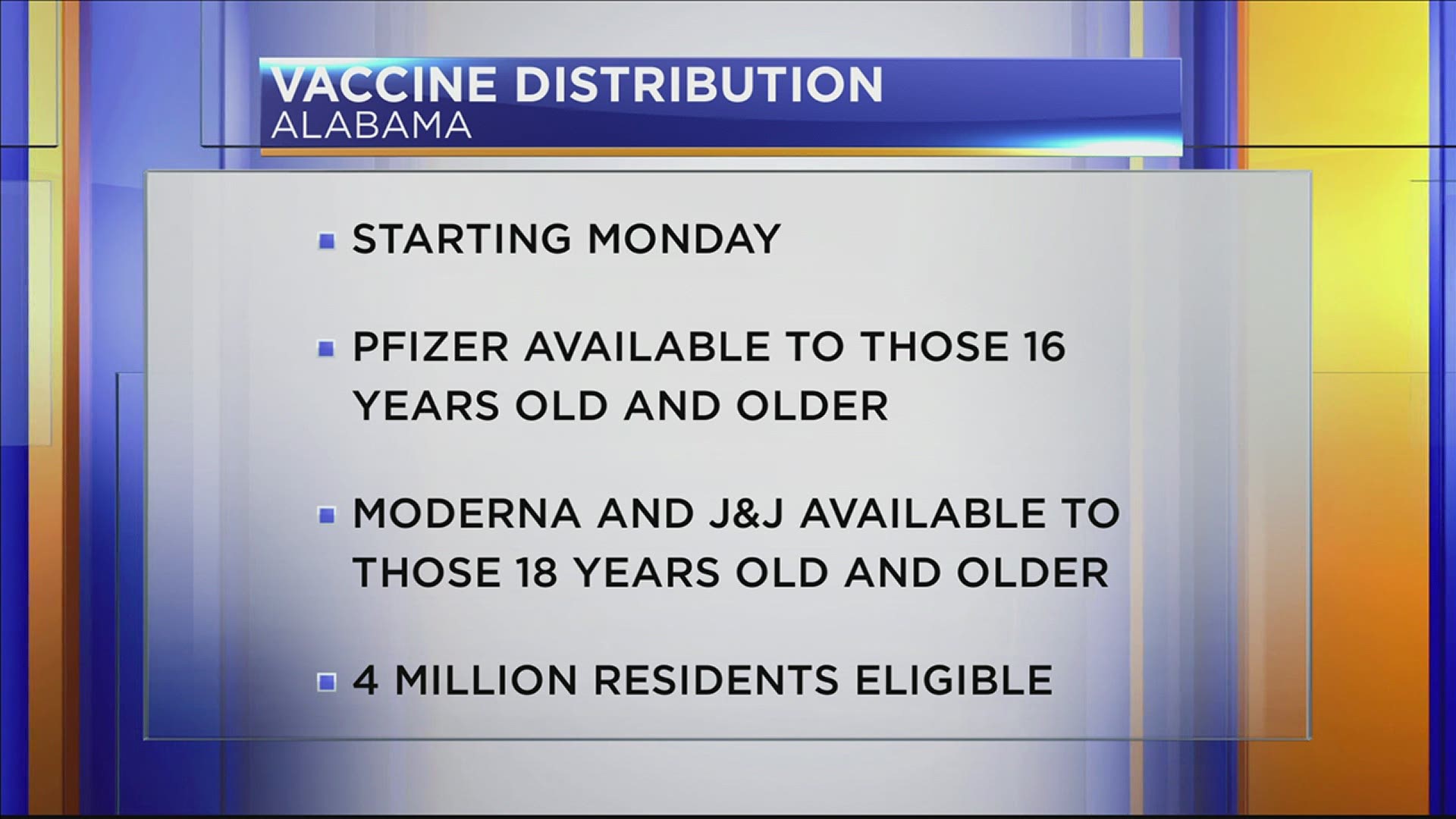HUNTSVILLE, Ala. —
Question:
Is "COVID arm" a real thing?
"COVID arm" is popping up in conversations about COVID vaccines. What's real and what's rumor?
Our sources:
COVID vaccine side effects
There are a number of known possible side effects from COVID vaccines, whether you get the Moderna vaccine, the Pfizer vaccine, or the Johnson & Johnson vaccine.
According to the Cleveland Clinic, there have been some reports of people getting “COVID arm” after being vaccinated for COVID-19. This refers to a red rash which may be large and itchy and appear days after the vaccine is given.
Cleveland Clinic's Thaddeus Stappenbeck, MD, PhD says that what they essentially think is going on with COVID arm is that your immune cells are reacting to muscle cells that have taken up the messenger RNA vaccine. The immune cells can be a little over-exuberant because they view the SARS-CoV2 spike protein produced by the vaccine as an infection that they need to fight off.
The CDC says it has, "learned of reports that some people have experienced a red, itchy, swollen, or painful rash where they got the shot. These rashes can start a few days to more than a week after the first shot and are sometimes quite large. These rashes are also known as “COVID arm.” Their recommendation is that f you experience “COVID arm” after getting the first shot, you should still get the second shot at the recommended interval if the vaccine you got needs a second shot. Tell your vaccination provider that you experienced a rash or “COVID arm” after the first shot. Your vaccination provider may recommend that you get the second shot in the opposite arm.
If the rash is itchy, you can take an antihistamine. If it is painful, you can take a pain medication like acetaminophen or a non-steroidal anti-inflammatory drug (NSAID).
Yale Medicine explains that while most of the common side effects from COVID-19 vaccination, including sore arm and general fatigue, occur within a few days of inoculation, there have been a growing number of reports of delayed skin reactions.
“These are what we call ‘delayed injection site reactions.’ If it is going to arise, it usually appears about a week after your vaccine,” Dr. Roy says. “It‘s a red, swollen area at the site of the shot.” Often called “COVID arm,” it might last for a week, and it goes away on its own, Dr. Roy says.
“It’s not super common, but it’s not uncommon. It’s a delayed hypersensitivity, similar to what you may see if you get poison ivy,” Dr. Roy explains. “You maybe came into contact with the poison ivy in your yard, but some people won’t get a rash until a few days later.”
While the rash can be annoying and a little painful, it’s harmless and just shows your immune system is doing its job and reacting to something foreign entering your body, Dr. Roy explains. “It doesn’t mean you shouldn’t get your second dose if you had this after your first shot, but you might want to get your second dose in your other arm,” she says.
The rash can usually be treated with ice, acetaminophen (Tylenol), or an oral or topical antihistamine—no antibiotics are necessary, she adds. Most reactions clear up within four or five days, studies show.
Answer:
Yes, "COVID arm" is a real thing. It's a "delayed site injection reaction" that may include redness, itching, and pain. It's a known side effect of COVID vaccines, although it's not common.
According to our sources, it's a sign of your immune system reacting to the vaccine.
If you are concerned about a possible reaction to a COVID vaccine, or any other medication or vaccine, consult a health professional.

